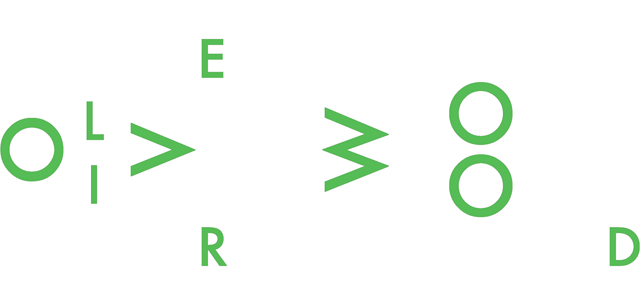SNOWDON. Private View. (London): Nelson, (1965). ASSOCIATION COPY
is on back order
SNOWDON (Lord) [Tony Armstrong-Jones]; (John) Russell; (Bryan) Robertson.
Private View.
(London): Nelson, (1965).
4to (330 × 265 mm), pp.300. Illustrated throughout with black-and-white and colour photographs. Design by Germano Facetti. Colour photo-illustrated endpapers. Drab cloth-covered boards, spine and front lettered in brown; head lightly shaken, light soiling. Colour photo-illustrated dust-jacket with author’s portraits in black-and-white, text in black and grey; lightly toned, vertical crease to spine, light wear to edges, head and foot of spine and bottom corner of front panel strengthened with tape, short tear and crease to bottom edge of front and rear panels. John Russell’s presentation inscription in blue ink and Snowdon’s signature in black ink to verso of front free endpaper. An excellent copy in a very good dust-jacket.
First edition, an association copy inscribed to Germano Facetti who was responsible for designing this book: ’To our dear friend Germano Facetti, but for / whose leçons de conduite [driving lessons] we should never / have got the book to make sense - or / to look so beautiful and read so easily. / With heartfelt and affectionate thanks from / John Russell / October 1965 / [signed] Tony’.
Germano Facetti was best known as the Art-Directer of Penguin Books between 1960 and 1972 where he played an important role in revolutionising British book design: introducing uniformity to the covers of the various lines together with phototypesetting, the Marber Grid, and offset lithographic printing.
Facetti was born in Milan in 1926. At the age of sixteen he was arrested for putting up anti-facist posters and was deported to the Mauthausen concentration camp in Austria. Whilst there he began collecting artefacts including photographs that were discarded by the guards, documents and plans from the camp, and mementoes of those who had died. He stored these items in an old photographic paper box together with drawings and fragments of the striped prisoner's uniforms which he took with him when the camp was liberated in 1945.
At Mauthausen he had met and befriended the architect Ludovico Belgiojoso. After the war Belgiojoso invited him to join BBPR, one of the most important architectural firms in post-war Milan. At BBPR Facetti met the English architect Mary Crittall with whom he moved to London in 1950, where he studied typography and began working as a designer and immersing himself in Soho café society. In 1956 he was asked to design the interior of David Archer's Poetry Bookshop on Greek Street, and later that year took part in the seminal 'This is Tomorrow' exhibition at the Whitechapel Gallery, then under the directorship of Bryan Robertson. In 1959 he moved to Paris to work as an interior designer where he met and befriended film-makers Alain Resnais, Agnès Varda, and Chris Marker. He later worked with Marker on La Jetée (1962), for which he helped assemble still images for use in the film, and in which he also appeared.
The work Facetti had done for the Poetry Bookshop had impressed Penguin founder Allen Lane and in 1960 Lane hired him to head the design department. In 1964 Tony Godwin, an editor-in-chief at Penguin, commissioned Facetti to design the interior, graphic design, and shelving for Better Books new dedicated paperback bookshop on Old Compton Street. Facetti continued to work for a number of other important clients whilst he was at Penguin, where he remained until 1972 when he returned to Italy and became an editorial consultant and a teacher in Britain and the United States.
Private View has its origins in a series of assignments Snowdon completed for the Sunday Times Magazine. One of the first of these was a 1962 feature on David Hockney, this developed into a series called ‘Painting Now’, which led to the idea of a book on the burgeoning British art scene of the time. Snowdon photographed most of the prominent people, including artists, curators, critics, and collectors, who were involved in the British art scene in the early to mid-1960s. In a contemporary review of Private View in the New Statesman, Colin MacInnes described the book as an ‘account, both pictorial and verbal, of how … in a mere two decades … London was transformed, as if by a miracle, from a provincial pictorial colony into one of the great art centres of the world, abounding in talents both creative and commercial.’
Click here to view all items in the 'Shaping Itself as it Proceeds' list








